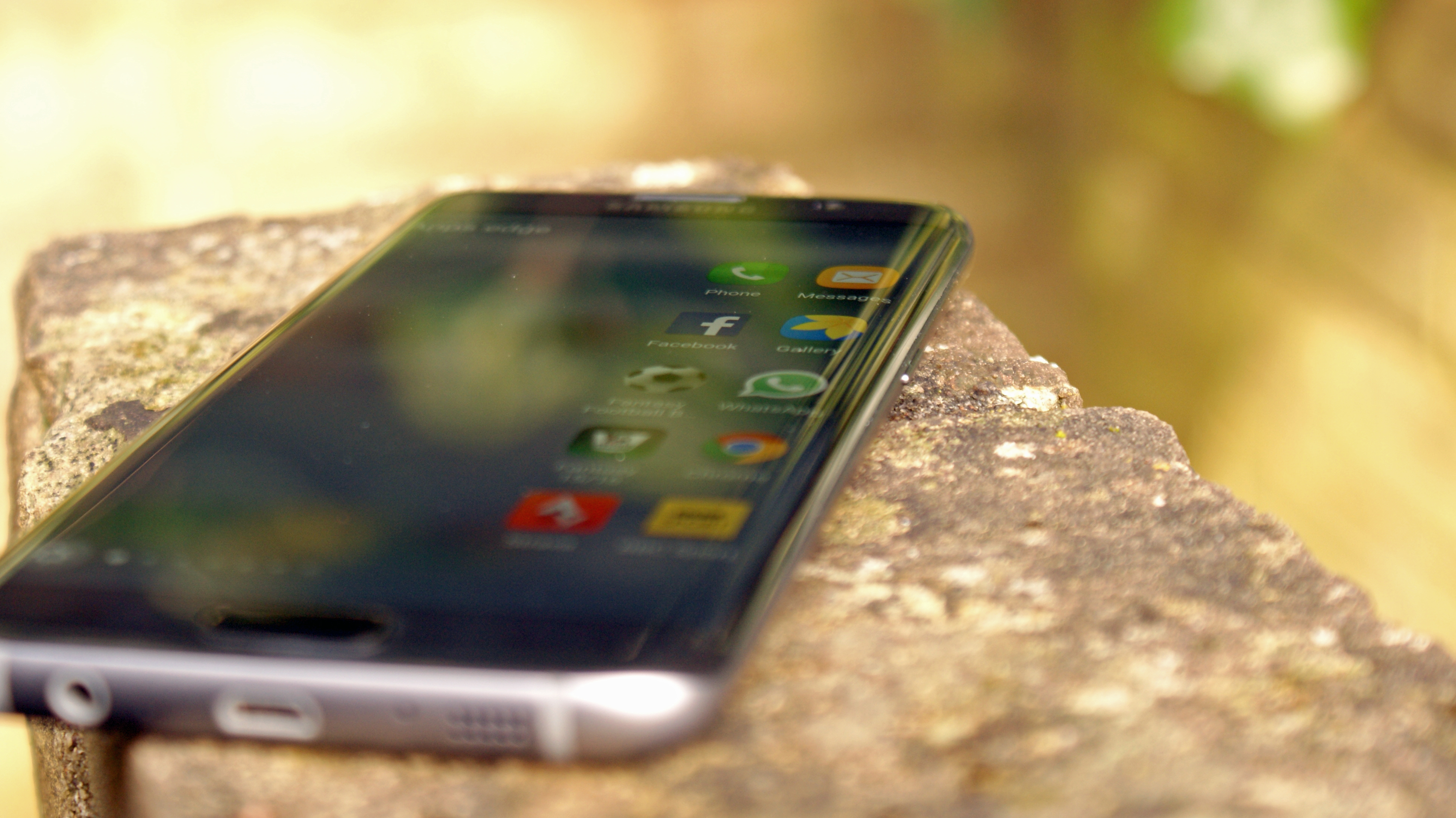Why you can trust TechRadar
The camera on the Samsung Galaxy S7 Edge was at launch one of the best we'd ever seen on a smartphone, and it's still very strong now.
Yes, the resolution has dropped to 12MP, but don't let that bother you. That pixel drop makes for faster autofocusing, and much more impressive low light performance.
We' proved it too, with the S7 Edge taking the top spot in our best camera phone test for quite a while, though of course numerous phones, including the likes of the Samsung Galaxy S9 Plus, have since beaten it.
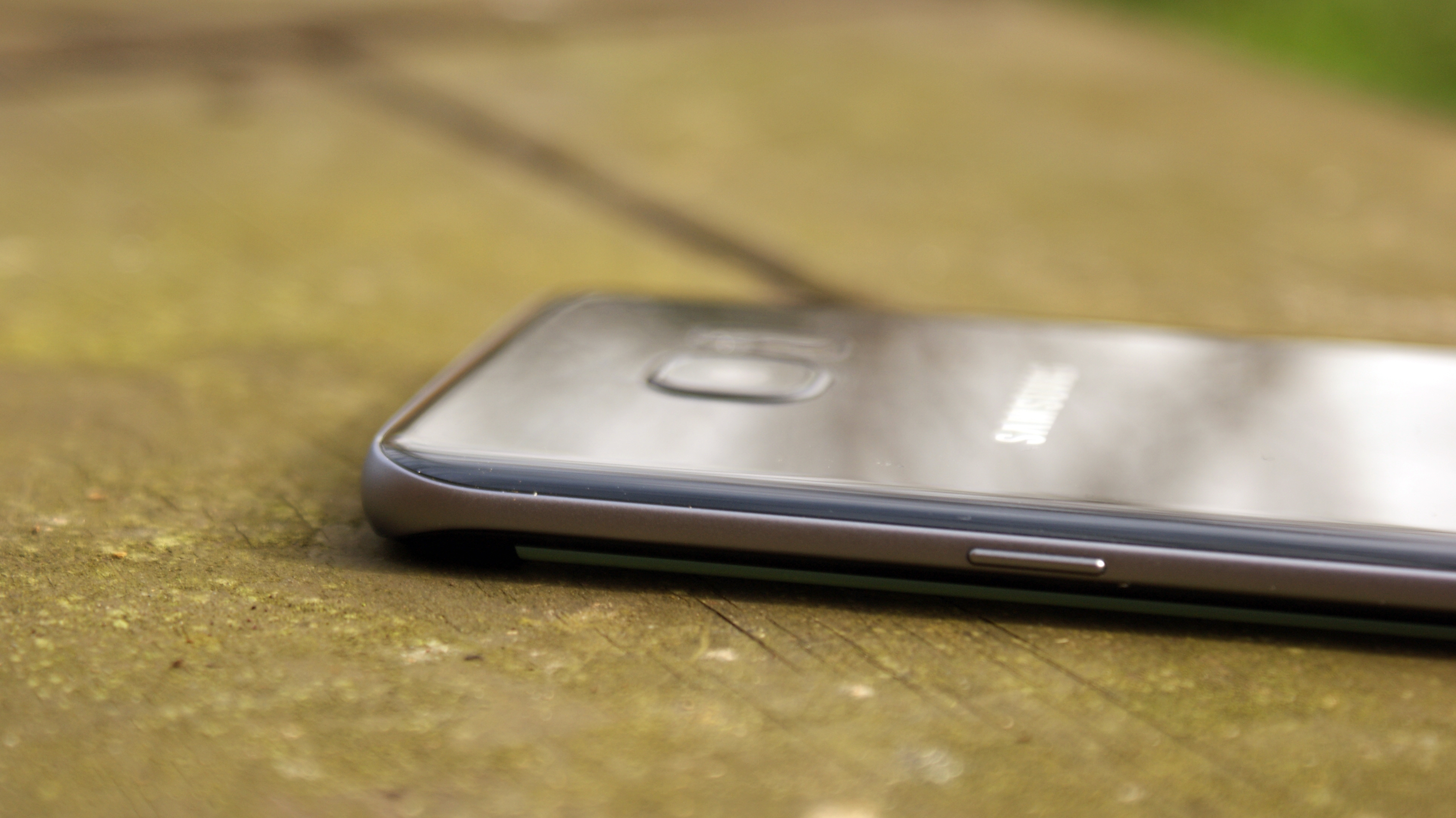
Still, this is a sensor with real power. You can shoot in RAW for 'proper' photos that you can manipulate later, and the 'Pro' mode has a decent amount of options, so you can choose what the picture will look like in terms of focal length and tone.
Even the simple option to double-tap the home button to activate the camera (which is a really nice element, if not as fast as some others on the market) helps the snapper feel more usable and intuitive; Samsung has really thought about the way it's put this package together.
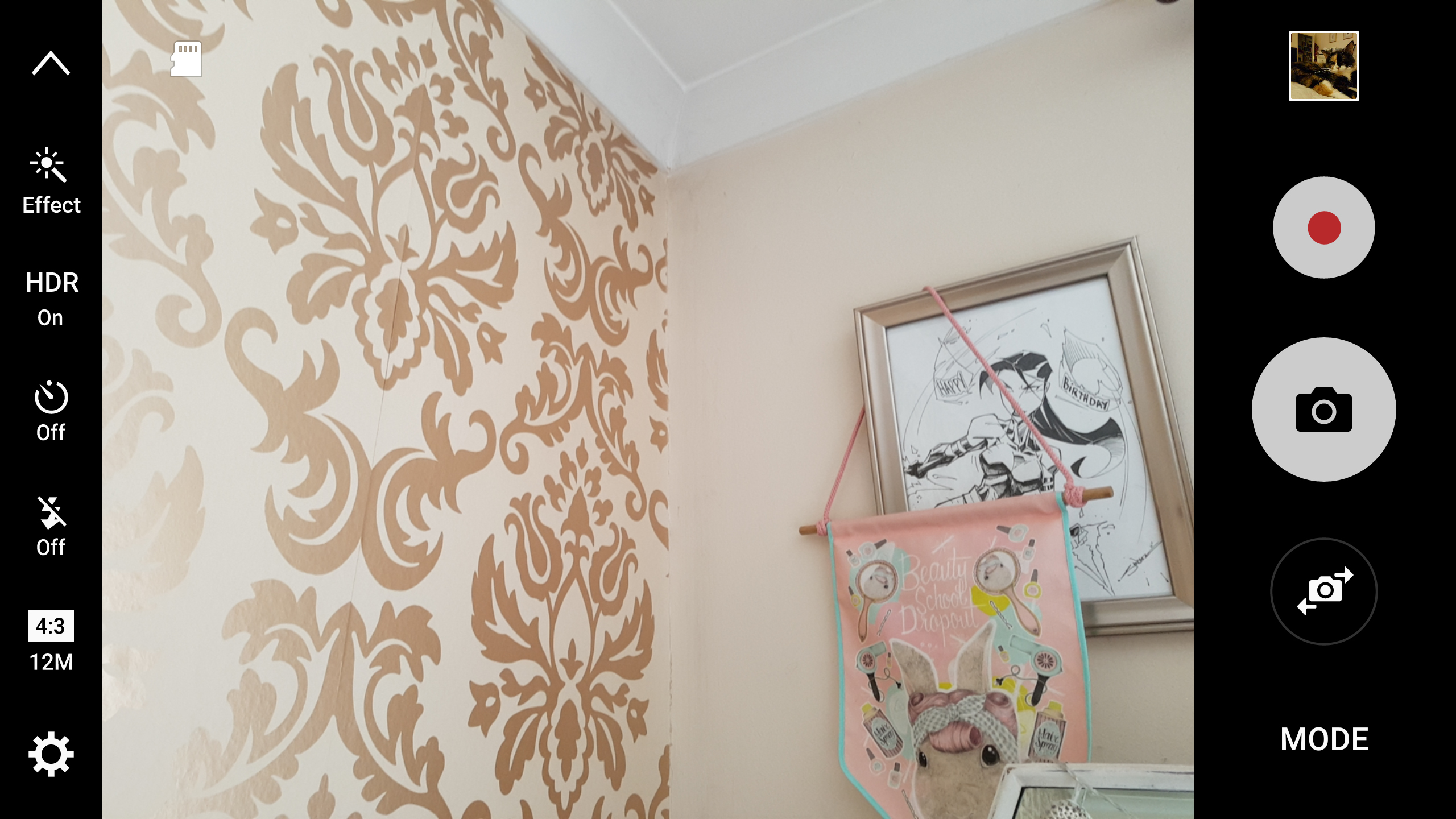
Pro tip: use the volume down button to take a picture, as the phone will feel a lot steadier in the hand given its slightly less wieldy size.
Whether you're shooting a big landscape or a wide-angle close-up, or just want to capture the moment, the Galaxy S7 Edge's camera performs superbly – take a look at the snaps on the next page to see what I mean.
Camera interface
One of the things that struck us during testing was just how many of the features on the Galaxy S7 Edge's camera interface were similar to the iPhone's.
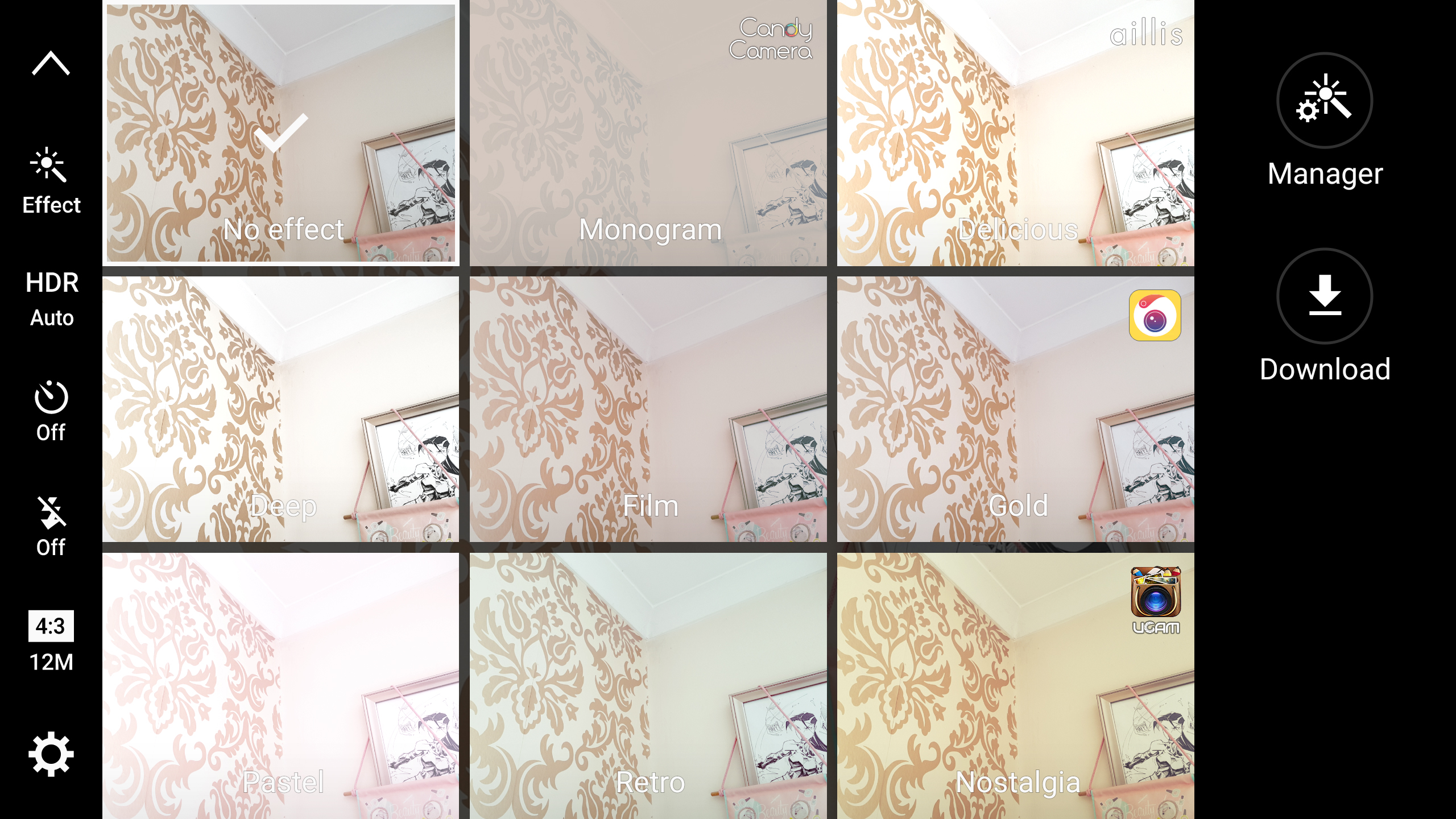
We're not getting drawn into the argument of which came first, as both brands can lay claim to doing things a certain way, but there are a lot of similarities between the two.
Samsung is certainly leaning towards a simpler camera interface, where Apple is packing in more settings – and the two are meeting somewhere in the middle.
One feature that Samsung has weirdly added is 'Motion photo', which captures a very shot video before taking a photo. It's just a rubbish feature, producing low-res, silent videos that start way too early and have random lengths – not something I'll ever be sharing.
Oh, and it's a little like Live Photos, isn't it, Samsung? Why aren't you making a bigger deal of 'Sound and Shot' instead?
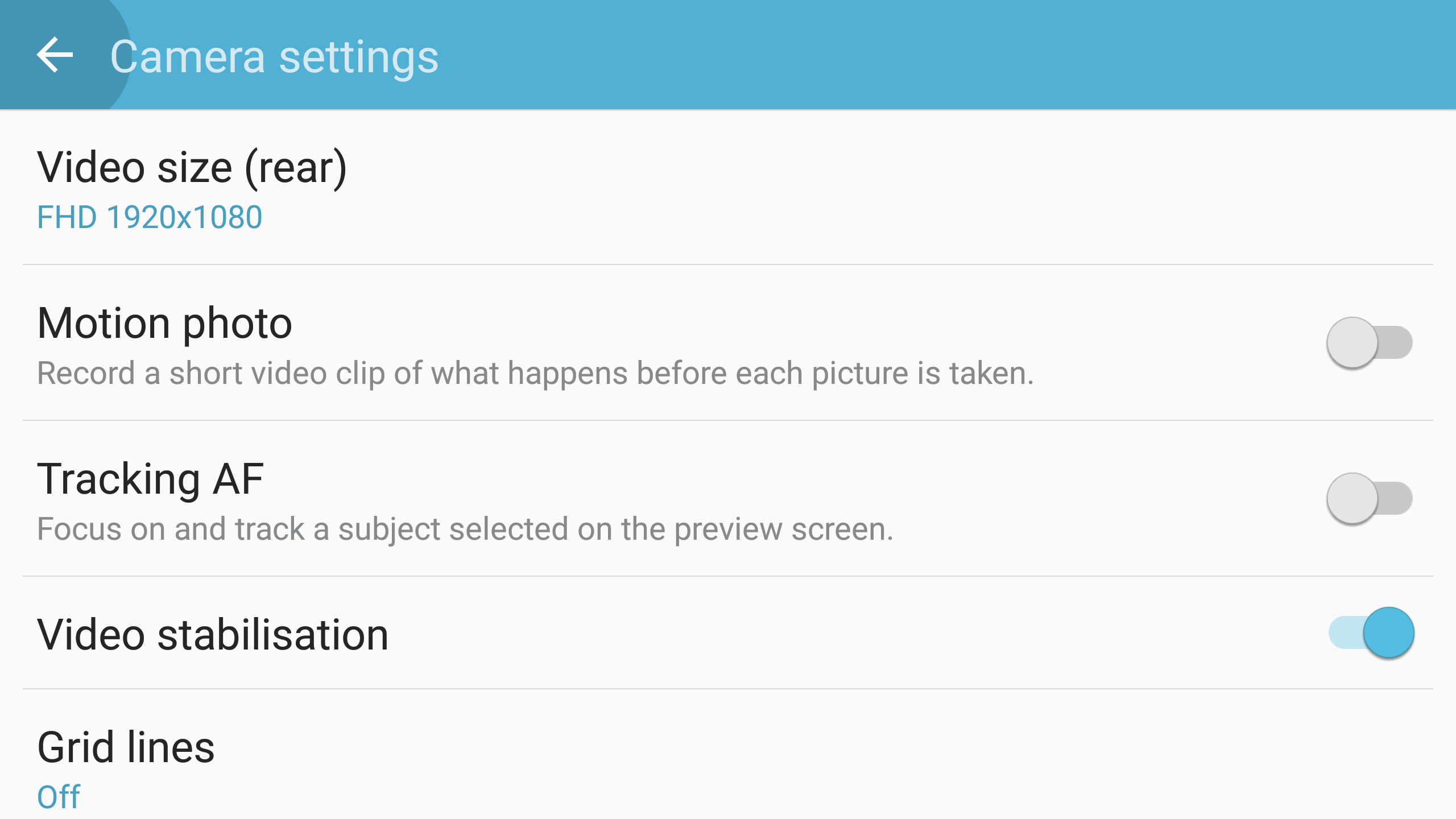
Testing out the low light capabilities of the Galaxy S7 Edge's camera yielded some interesting results – the combination of the larger pixels with a big sensor and fast aperture means it should be sensational in low light.
And the good news is, it is. We compared the S7 Edge to the iPhone 6S Plus (Apple's best at low light photography at the time, complete with optical image stabilization) and last year's Samsung Galaxy S6 Edge, to see where the improvements have come and how the two leading manufacturers' flagships fare.
You can see the comparison shots on the page after next, but my big takeaway was that the S7 is both fast at focusing in low light and excellent at capturing detail, not blowing out the highlights in a desperate attempt to let in more light.
The S6 Edge can arguably capture brighter pictures if you force it to do so, but they were horrendously muddy and noisy, as the camera left the shutter open a touch too long in an effort to pull in more light.
The iPhone 6S Plus fared better against the Galaxy S7 Edge, but didn't capture as much of the scene, nor with as much sharpness generally. Forcing the cameras on each to expose as hard as possible (by tapping on a pitch black element of the screen) showed that, again, the S7 Edge had the… er… beating of the other two, with a brilliant balance of sharpness and detail.
Selfies
I loathe selfies still (you don't need to be in every picture, nor is it hard to ask someone else to take a photo of you). But, love or hate them, they're here to stay – and brands are working hard to pack as many features as possible into their front-facing cameras.
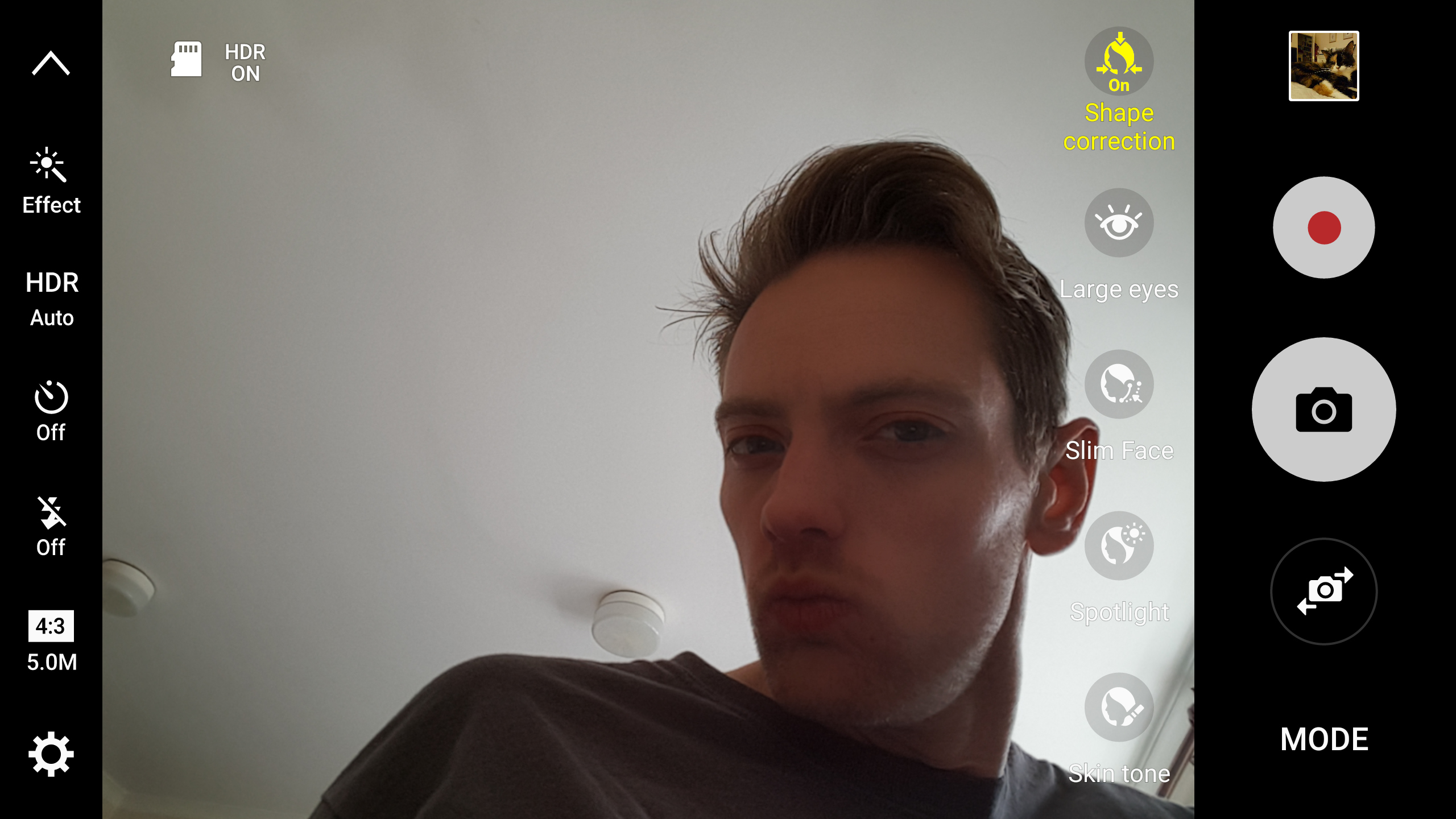
The Galaxy S7 Edge now has a very similar 'screen flash' method of illuminating faces in the front-facing camera to the iPhone – it's hard not to note the similarity when this feature wasn't present in the S6 duo and has popped up since Apple introduced it last year.
It's very similar in function as well, although it actually appears to give a brighter glow than Apple can manage. One thing that is evident is that Samsung's selfies are a lot smoother, with the processing software cleaning up images well.
And that's even before sticking on beauty mode, which will smooth over skin, enlarge eyes and adjust the lighting to make you look 'your very best' / 'like a weird monster if you push the settings too hard'.
We know it's perhaps a cultural thing, but we really wish beauty mode would disappear. We don't mind having a simple option to smooth out images a little, but this is just crazy – and irritating if you forget to turn it off, and wonder why you look a little like a confused alien in the resulting snap.

Gareth has been part of the consumer technology world in a career spanning three decades. He started life as a staff writer on the fledgling TechRadar, and has grew with the site (primarily as phones, tablets and wearables editor) until becoming Global Editor in Chief in 2018. Gareth has written over 4,000 articles for TechRadar, has contributed expert insight to a number of other publications, chaired panels on zeitgeist technologies, presented at the Gadget Show Live as well as representing the brand on TV and radio for multiple channels including Sky, BBC, ITV and Al-Jazeera. Passionate about fitness, he can bore anyone rigid about stress management, sleep tracking, heart rate variance as well as bemoaning something about the latest iPhone, Galaxy or OLED TV.
